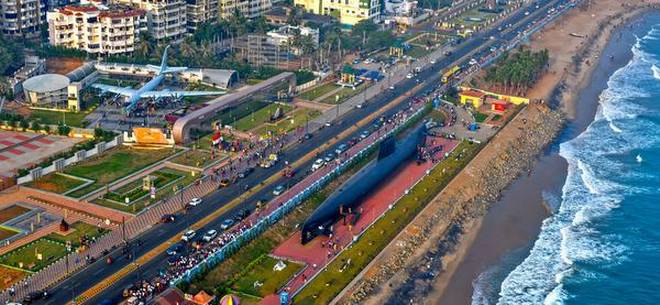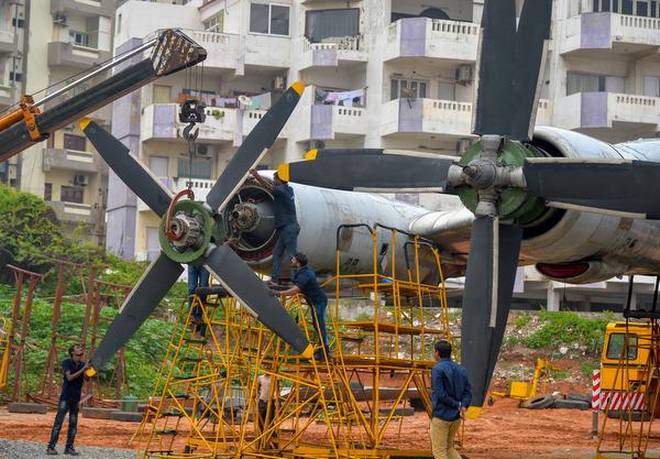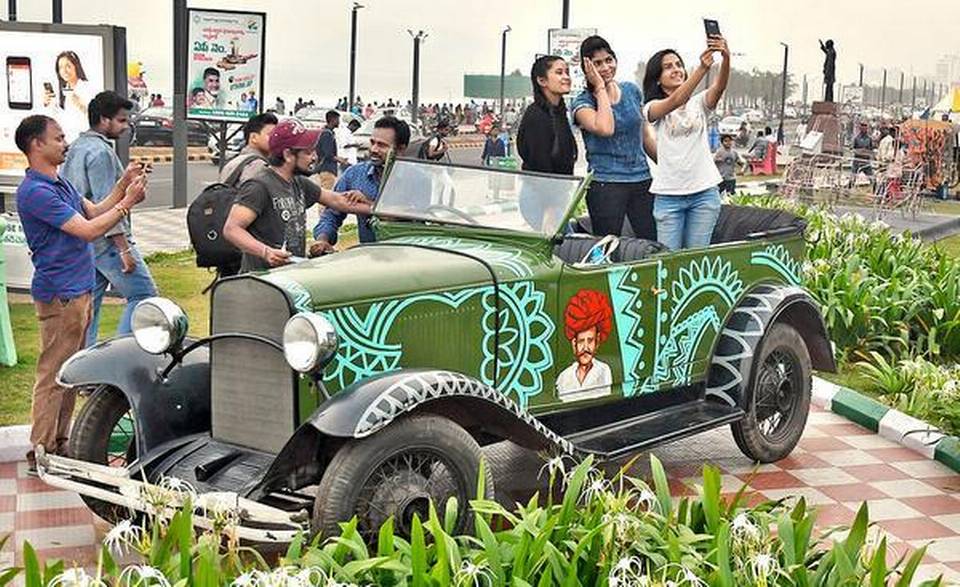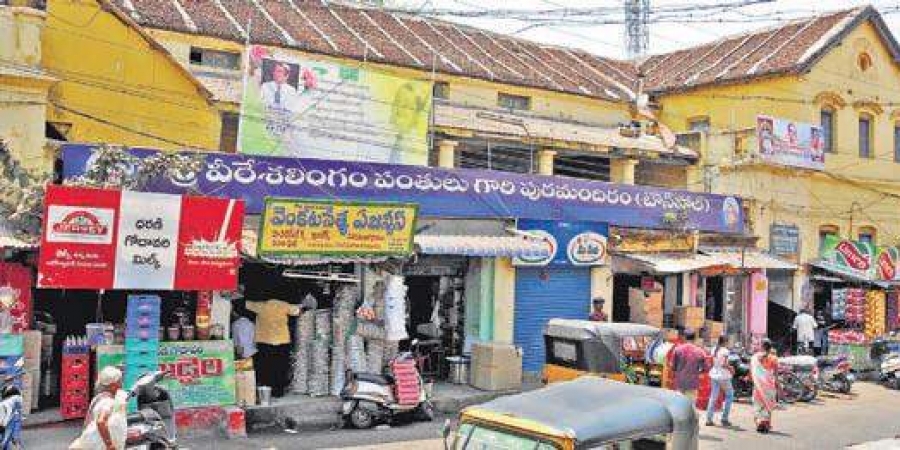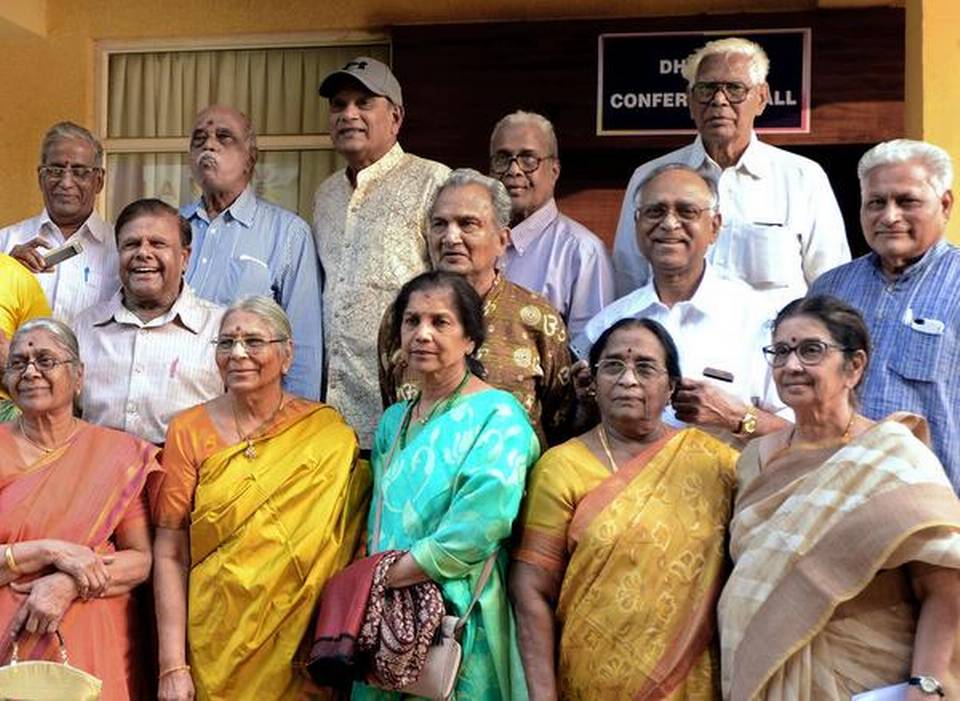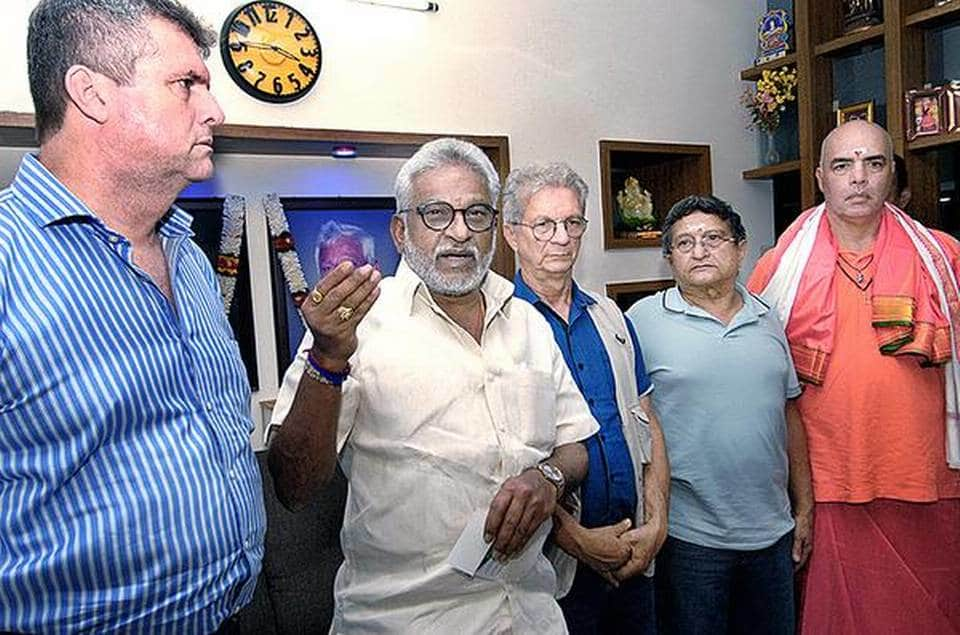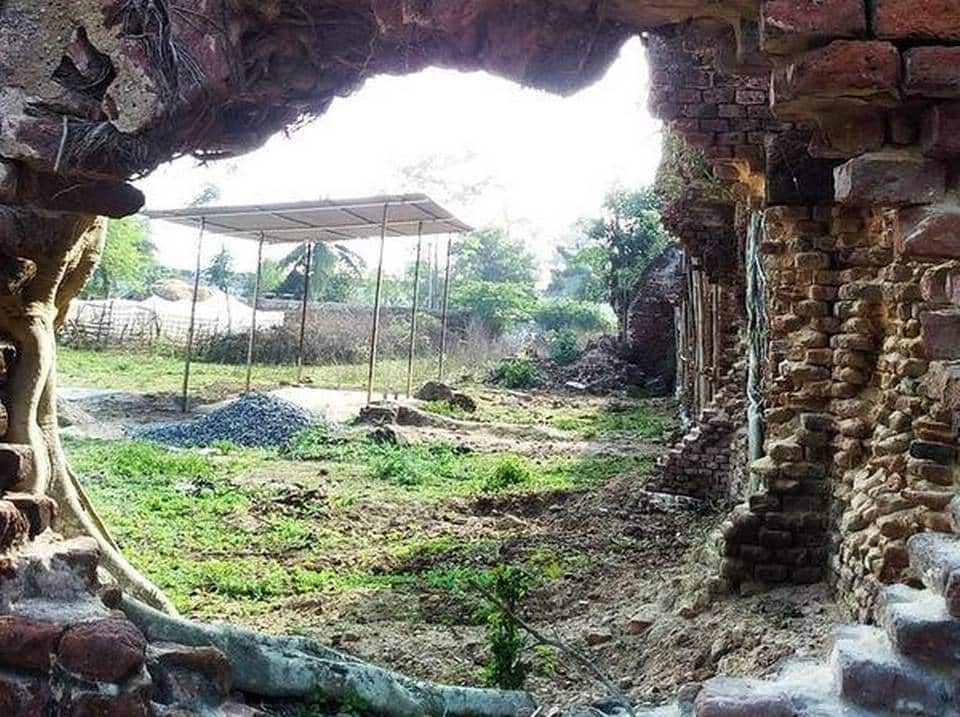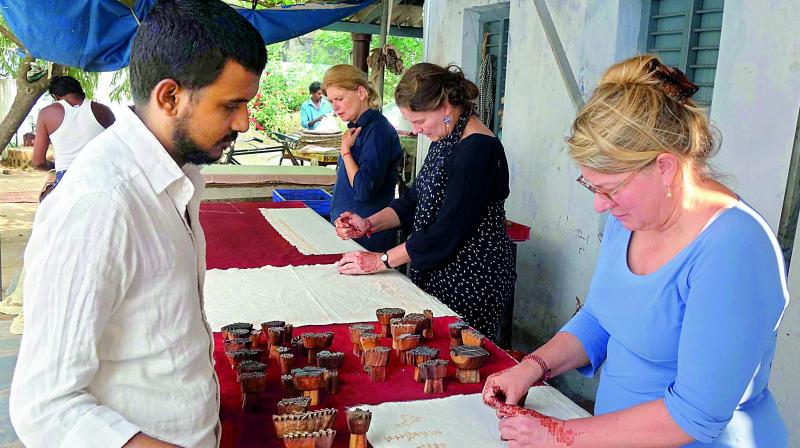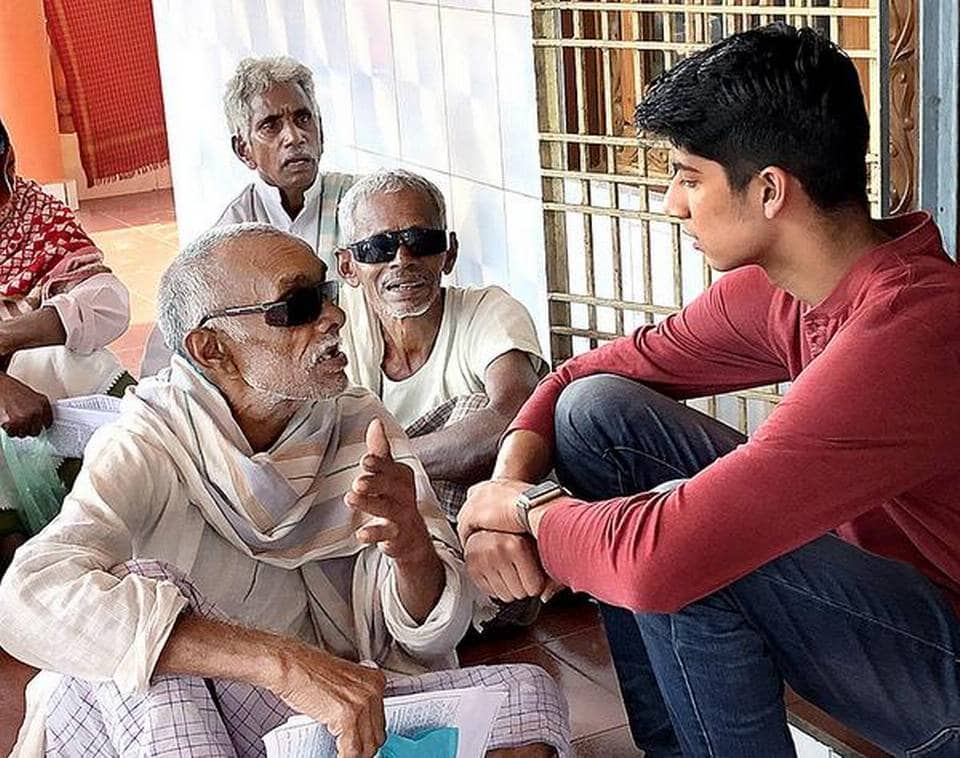The Soviet-era naval aircraft is not just a museum piece, but remains a stellar example of a sturdy flying machine
The TU 142 Aircraft Museum in Visakhapatnam narrates a tale of resilience, keeping the accolades earned by the Soviet-era flying machine fresh in memory. The long-range maritime patrol aircraft served the Navy for 29 years with a rare feat of 30,000 hours of accident-free flying at a time when the MiG-21s were earning the dubious distinction of flying coffins. Once the world’s heaviest and fastest flying turboprop aircraft, the Tupolev was part of major naval exercises and operations since its induction into the force in 1988.
President Ram Nath Kovind opened the walk-through museum opposite the Kursura Submarine Museum — the irony that TU 142 once specialised in helping detect and destroy submarines is not lost on the naval personnel — on Beach Road in the city on December 7, 2017. It was thrown open to the public on December 28 that year.

The making of the museum was a year-long process. The decommissioned aircraft was flown in from INS Rajali, the naval air station in Arakkonam, Tamil Nadu. After landing at the INS Dega airport, the aircraft was dismantled and its parts were transported by road on trailers and reassembled. A fibreglass wall was installed on the beach side to withstand windspeeds of up to 250 km. An audiovisual experience through an L-shaped tunnel takes the visitors to the aerobridge leading to the walk-through museum.
The museum has been drawing a sea of tourists. Curator Dileep Kumar says the highest number of visitors on a single day was 5,500 on January 15 this year. Over 6.81 lakh people visited it in 2018. Last December, there were 83,722 visitors.
(Text and Images by K.R. Deepak)
source: http://www.thehindu.com / The Hindu / Home> News> States> Andhra Pradesh / February 10th, 2019
